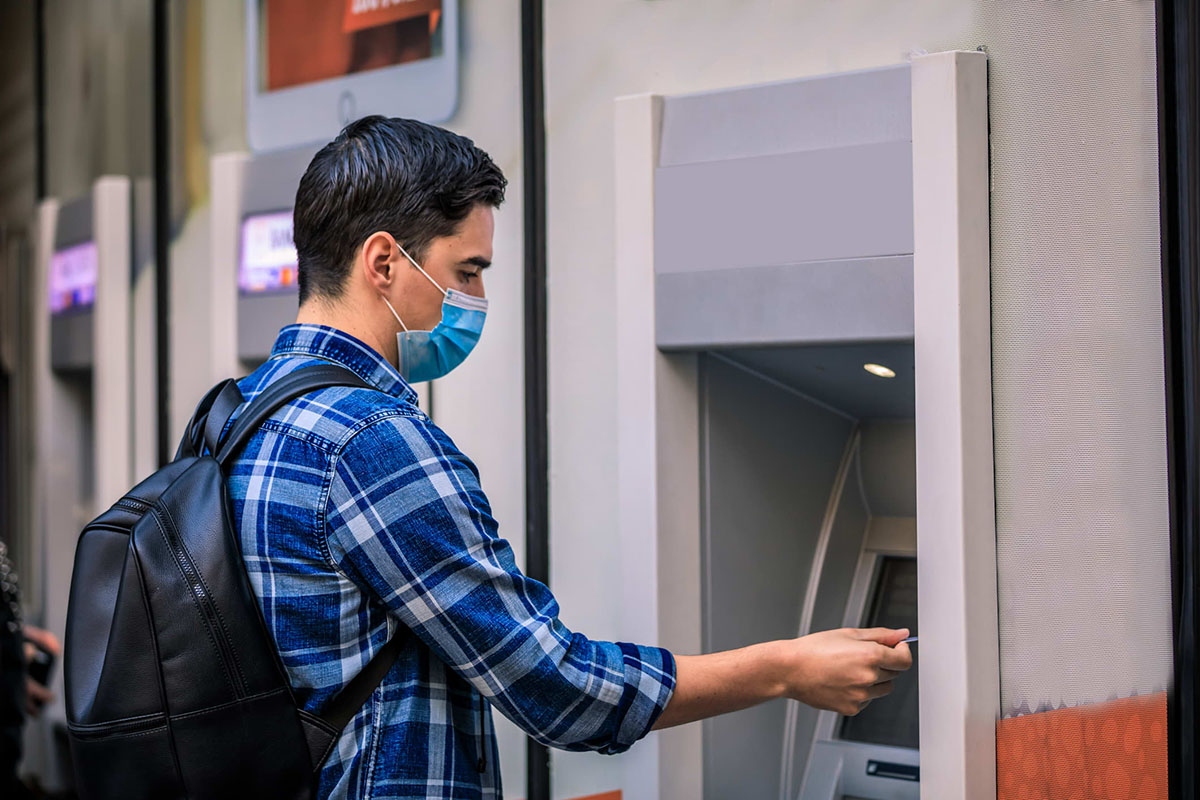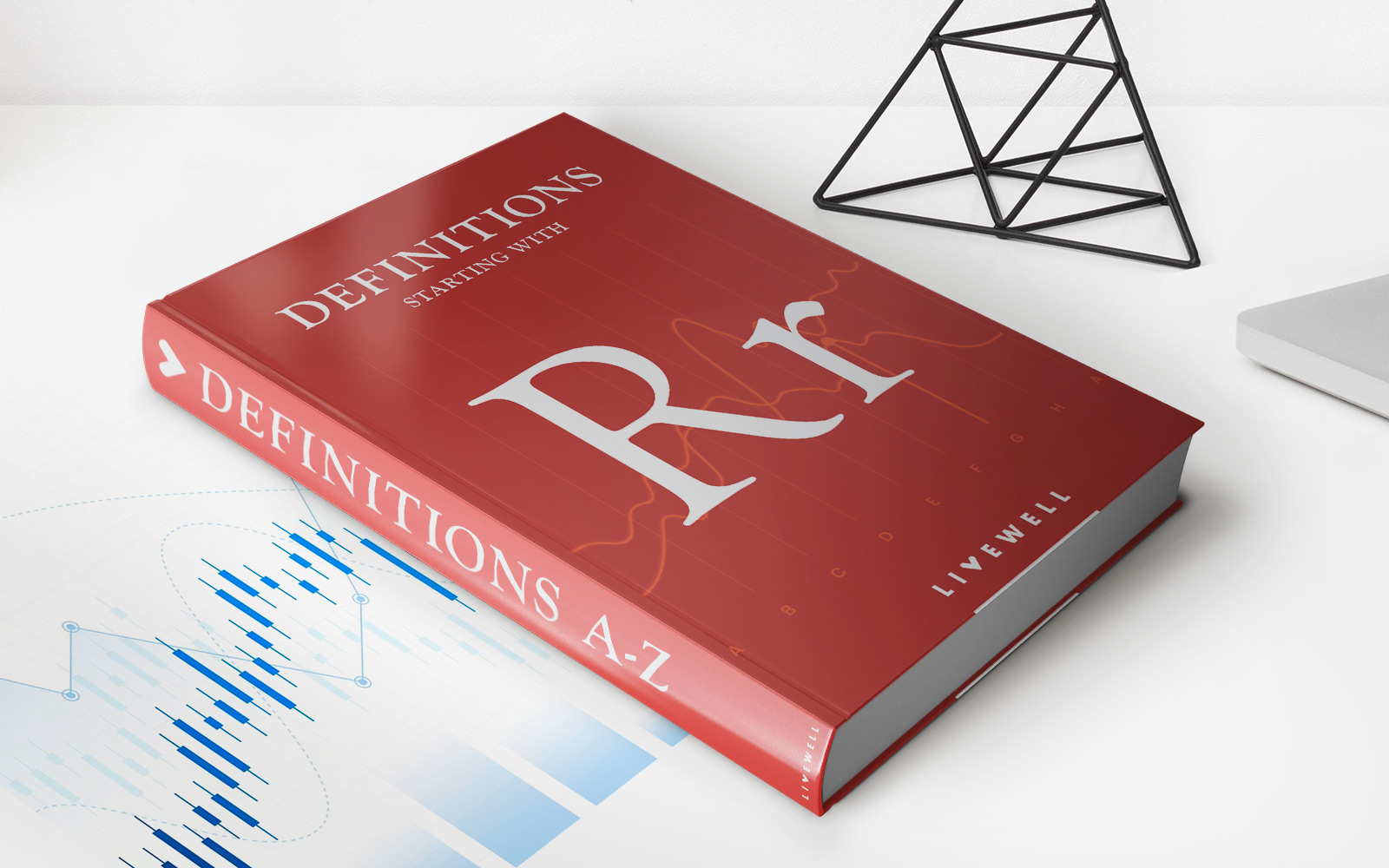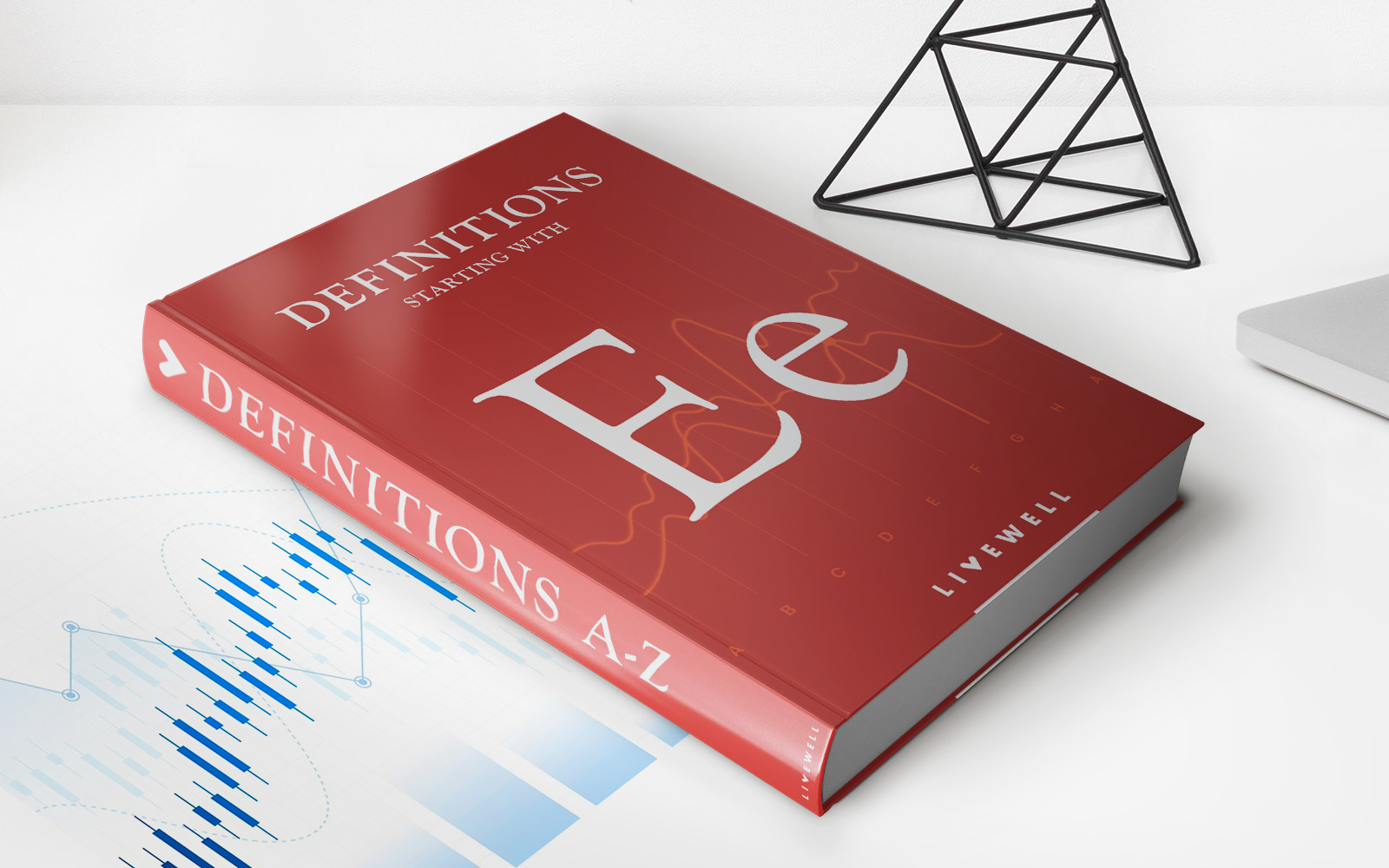

Finance
What Is Check Fraud Protection?
Published: February 18, 2024
Learn how check fraud protection can safeguard your finances. Discover the best strategies to prevent check fraud and secure your financial transactions. Protect your assets with effective finance solutions.
(Many of the links in this article redirect to a specific reviewed product. Your purchase of these products through affiliate links helps to generate commission for LiveWell, at no extra cost. Learn more)
Table of Contents
- Understanding the Importance of Check Fraud Protection
- Unveiling the Intricacies of Check Fraud
- Exploring the Diverse Manifestations of Check Fraud
- Preserving Financial Integrity and Security Through Vigilant Protection
- Implementing Robust Strategies to Safeguard Against Fraudulent Activities
- Empowering Financial Resilience Through Vigilant Protection
Introduction
Understanding the Importance of Check Fraud Protection
Check fraud is a prevalent concern in the financial sector, posing substantial risks to individuals and businesses. As technology advances, fraudsters have developed increasingly sophisticated methods to exploit vulnerabilities in the check issuance and processing systems. This has necessitated the implementation of robust check fraud protection measures to safeguard against potential financial losses and reputational damage.
Check fraud occurs when unauthorized individuals manipulate or counterfeit checks to unlawfully obtain funds or sensitive information. This illicit activity can take various forms, such as altering the payee or the amount on a legitimate check, forging signatures, or creating entirely fictitious checks. The prevalence of check fraud underscores the critical need for effective protective strategies to mitigate the associated risks.
In the following sections, we will delve into the intricacies of check fraud, explore its diverse manifestations, and elucidate the significance of implementing comprehensive check fraud protection measures. Additionally, we will examine the various methods utilized to shield against fraudulent activities and highlight their respective advantages in safeguarding financial assets and preserving the integrity of the banking system. Understanding the multifaceted nature of check fraud and the associated protective measures is imperative for individuals and businesses alike, as it empowers them to make informed decisions and fortify their financial security.
Understanding Check Fraud
Unveiling the Intricacies of Check Fraud
Check fraud encompasses a spectrum of illicit activities designed to deceive individuals, businesses, and financial institutions through the fraudulent use of checks. This deceptive practice undermines the trust and reliability of the banking system, posing significant financial and operational risks. Understanding the various forms of check fraud is paramount in fortifying defenses against these malicious activities.
One of the most prevalent forms of check fraud involves the alteration of legitimate checks. Fraudsters may manipulate the payee’s name, the amount, or the check’s date to divert funds for personal gain. Additionally, the unauthorized creation of counterfeit checks is a pervasive tactic utilized to siphon funds from unsuspecting victims. These counterfeit checks are often convincingly crafted to mimic legitimate financial instruments, making them difficult to detect without comprehensive fraud protection measures in place.
Another insidious form of check fraud is the unauthorized use of account information to fabricate electronic checks, bypassing traditional verification processes and exploiting vulnerabilities in electronic payment systems. This method enables fraudsters to orchestrate fraudulent transactions with minimal risk of detection, underscoring the critical need for robust security measures to combat such illicit activities.
Furthermore, check kiting, a form of check fraud that exploits the time delay in check processing, poses a significant threat to financial institutions. This deceptive practice involves leveraging the time lapse between depositing a check and the corresponding deduction from the account, enabling fraudsters to inflate their account balances artificially. By orchestrating a series of interlinked transactions, perpetrators can manipulate the system to create an illusion of substantial funds, jeopardizing the financial stability of banks and businesses.
Understanding the nuanced strategies employed by fraudsters to perpetrate check fraud is essential for individuals and businesses seeking to fortify their financial defenses. By familiarizing themselves with the intricacies of check fraud, stakeholders can proactively implement robust protective measures to mitigate potential risks and preserve the integrity of the financial ecosystem.
Types of Check Fraud
Exploring the Diverse Manifestations of Check Fraud
Check fraud manifests in various forms, each presenting unique challenges and risks to individuals, businesses, and financial institutions. Understanding the distinct types of check fraud is instrumental in devising comprehensive protective strategies to mitigate potential vulnerabilities and financial losses.
- Counterfeit Checks: Fraudsters fabricate counterfeit checks that closely resemble legitimate financial instruments, often using advanced printing techniques to deceive unsuspecting victims and financial institutions. These fraudulent checks are designed to emulate the appearance and security features of authentic checks, making them difficult to discern without robust fraud detection mechanisms.
- Check Kiting: This deceptive practice involves exploiting the time delay in check processing to inflate account balances artificially. Perpetrators orchestrate a series of interlinked transactions between accounts to create an illusion of substantial funds, jeopardizing the financial stability of banks and businesses.
- Altered Checks: Fraudsters manipulate legitimate checks by altering the payee’s name, the amount, or the check’s date to divert funds for personal gain. These alterations are often executed with precision to deceive recipients and financial institutions, underscoring the need for stringent verification processes.
- Forged Signatures: Perpetrators illicitly affix forged signatures on checks to authorize unauthorized transactions, circumventing established security protocols and exploiting vulnerabilities in the verification process. Detecting forged signatures requires meticulous scrutiny and advanced fraud detection mechanisms.
- Account Takeover Fraud: This form of check fraud involves unauthorized individuals gaining access to account information and utilizing it to fabricate electronic checks, bypassing traditional verification processes and exploiting vulnerabilities in electronic payment systems.
By comprehensively understanding the diverse manifestations of check fraud, individuals, businesses, and financial institutions can proactively implement tailored protective measures to mitigate the associated risks and preserve the integrity of the financial ecosystem. Recognizing the distinct characteristics and implications of each type of check fraud is pivotal in fortifying defenses against fraudulent activities and safeguarding financial assets.
Importance of Check Fraud Protection
Preserving Financial Integrity and Security Through Vigilant Protection
The significance of check fraud protection cannot be overstated, as it plays a pivotal role in preserving the integrity of the financial ecosystem and safeguarding individuals and businesses from substantial financial losses and reputational damage. Implementing robust check fraud protection measures is imperative in mitigating the pervasive risks posed by fraudulent activities and fortifying the resilience of the banking system.
Check fraud protection serves as a bulwark against the detrimental impact of illicit financial activities, shielding individuals and businesses from the potentially devastating consequences of fraudulent transactions. By proactively implementing stringent security measures, stakeholders can mitigate the risk of falling victim to counterfeit checks, altered instruments, and other deceptive practices that undermine financial stability.
Furthermore, check fraud protection bolsters the trust and reliability of the banking system, fostering a secure environment for financial transactions and enhancing the overall integrity of the financial infrastructure. By instilling confidence in the legitimacy and security of check-based transactions, robust protective measures contribute to the sustained functionality and credibility of the banking sector.
For businesses, the implementation of comprehensive check fraud protection measures is essential in safeguarding operational continuity and preserving the trust of clients and partners. The potential financial ramifications of falling prey to check fraud can be severe, jeopardizing the financial viability and reputation of businesses. Therefore, prioritizing check fraud protection is instrumental in mitigating these risks and upholding the resilience and credibility of enterprises.
Moreover, check fraud protection fosters a proactive approach to risk management, empowering individuals and businesses to identify and address potential vulnerabilities before they are exploited by fraudsters. By cultivating a culture of vigilance and resilience, stakeholders can effectively thwart fraudulent activities and uphold the sanctity of financial transactions.
In essence, the importance of check fraud protection extends beyond individual transactions; it encompasses the preservation of financial integrity, the sustenance of operational continuity, and the fortification of trust within the banking system. By recognizing the critical significance of check fraud protection, individuals and businesses can proactively implement robust measures to mitigate risks and preserve the integrity of the financial ecosystem.
Methods for Check Fraud Protection
Implementing Robust Strategies to Safeguard Against Fraudulent Activities
Effective check fraud protection encompasses a diverse array of strategies and mechanisms designed to mitigate the risks posed by fraudulent activities and preserve the integrity of financial transactions. By leveraging a combination of advanced technologies, stringent verification processes, and proactive risk management, individuals and businesses can fortify their defenses against check fraud and uphold the security of their financial assets.
- Positive Pay Systems: Utilizing positive pay systems enables businesses to submit detailed information about issued checks to their financial institutions, facilitating the verification of incoming checks against the authorized transactions. This proactive approach enhances fraud detection capabilities and mitigates the risk of unauthorized or altered checks.
- Watermark Technology: Integrating watermark technology into check designs enhances the authenticity and integrity of financial instruments, making it more challenging for fraudsters to replicate or alter checks without detection. Watermark features serve as a visible deterrent to counterfeiters and bolster the security of checks.
- Secure Check Stock: Employing secure check stock with advanced security features, such as holographic elements and heat-sensitive ink, fortifies the resilience of checks against fraudulent alterations and counterfeiting attempts. These enhanced security measures contribute to the overall integrity and authenticity of financial instruments.
- Automated Fraud Detection Software: Leveraging automated fraud detection software empowers financial institutions and businesses to identify suspicious patterns and anomalies indicative of fraudulent activities. By deploying sophisticated algorithms and machine learning capabilities, organizations can enhance their ability to detect and prevent check fraud.
- Employee Training and Awareness: Educating employees about the intricacies of check fraud and instilling a culture of vigilance and awareness within the organization is instrumental in fortifying defenses against fraudulent activities. By fostering a proactive approach to fraud prevention, businesses can empower their workforce to identify and report potential threats effectively.
By integrating these methods and technologies into their check fraud protection strategies, individuals and businesses can proactively mitigate the risks posed by fraudulent activities and uphold the security and authenticity of financial transactions. Embracing a multifaceted approach to check fraud protection empowers stakeholders to navigate the evolving landscape of financial security and preserve the trust and reliability of the banking system.
Conclusion
Empowering Financial Resilience Through Vigilant Protection
In conclusion, the pervasive threat of check fraud necessitates a proactive and multifaceted approach to safeguarding financial assets and preserving the integrity of the banking system. Understanding the intricate nuances of check fraud, including its diverse manifestations and the associated risks, is instrumental in fortifying defenses against fraudulent activities and mitigating potential financial losses.
The importance of check fraud protection extends beyond individual transactions, encompassing the preservation of financial integrity, the sustenance of operational continuity, and the fortification of trust within the banking system. By prioritizing robust protective measures, individuals and businesses can mitigate the risks posed by counterfeit checks, altered instruments, and other deceptive practices, thereby upholding the security and resilience of their financial assets.
Implementing advanced strategies, such as positive pay systems, watermark technology, secure check stock, automated fraud detection software, and employee training, empowers stakeholders to proactively mitigate the risks posed by fraudulent activities and preserve the authenticity of financial transactions. By embracing these methodologies, individuals and businesses can navigate the evolving landscape of financial security and foster a culture of vigilance and resilience.
Ultimately, the implementation of comprehensive check fraud protection measures contributes to the sustained functionality and credibility of the banking sector, fostering a secure environment for financial transactions and enhancing the overall integrity of the financial infrastructure. By recognizing the critical significance of check fraud protection and embracing a proactive approach to risk management, stakeholders can fortify their financial resilience and uphold the sanctity of financial transactions in an increasingly complex and interconnected world.














